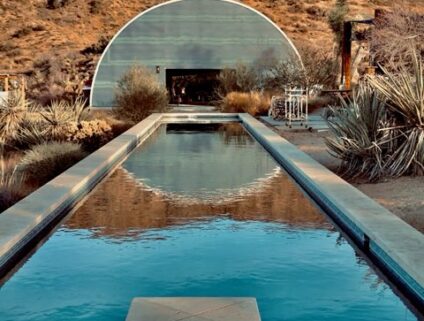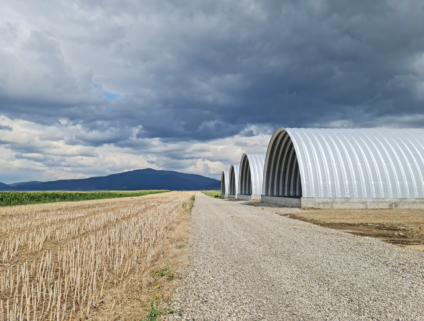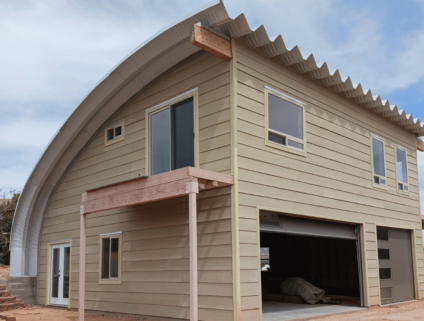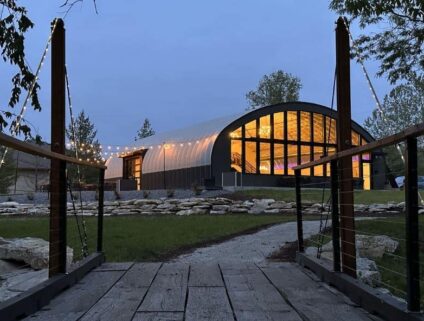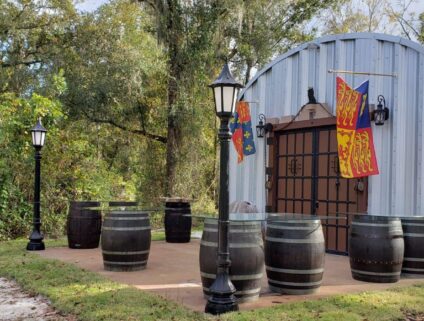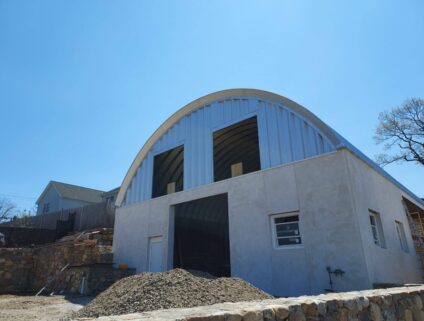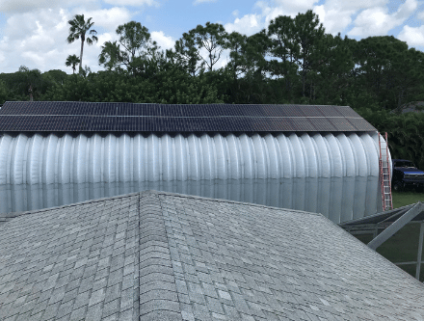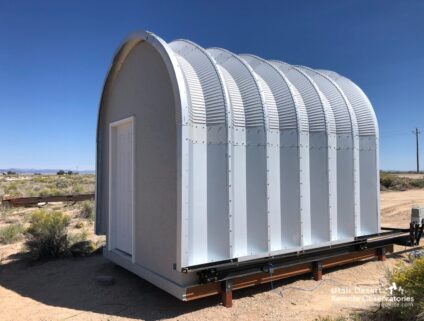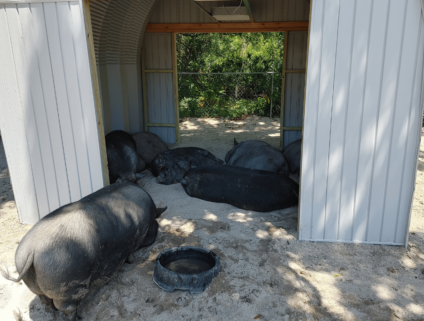Country Music’s Biggest Hits Recorded in Legendary Quonset Hut Studio

The velvet voice of Patsy Cline, Bob Dylan’s revolutionary lyrics, and The Beach Boys’ instant classics were all woven into the fabric of American music history under the steel arches of one of the first recording studios on Nashville’s legendary music row—Quonset Hut Studio B.
The country music scene was forever changed thanks to the huge contribution of the Bradley brothers, Owen and Harold. Many hail Owen as the pioneer who created the “Nashville Sound.” He is responsible for some of the most famous tunes in country music including Bobby Vinton’s “Blue Velvet”, Patsy Cline’s “Crazy”, and Brenda Lee’s “I’m Sorry.”
All of these musical masterpieces were created in the Bradley brothers’ famous Quonset HutTM studio.
Decca Records hired Owen in 1947 to coordinate its Nashville sessions.
The brothers then bought an old house at what was known as 16th Avenue and Hawkins Street in the 1950s. The two acquired a Quonset HutTM building from Army surplus and placed it behind the home.
They tore out the middle of the two-story house and started recording in the basement initially. They outgrew that space and started to record in the Quonset HutTM, which became known as Studio B.
The Quonset HutTM started out as a film sound stage. Albert Gannaway, who was one of the first to produce a television series using 35mm color film, brought in a crew from LA and shot episodes for the show “Stars of the Grand Ole Opry.”
Initially, there was a pinging sound inside the building that the Bradley brothers just worked around for a while. Then Gannaway suggested putting in wooden floors instead of tile. That changed everything for Studio B.
“The wood changed that to one of the best recording studios I’ve ever worked in,” says Harold Bradley during a television interview.
In 1962, they sold the Quonset HutTM studio to Columbia Records, but the Bradley brothers continued to use the studio for a few years. The last single to be recorded in the studio was John Anderson’s “Swingin.”
Lou Bradley, no relation to the Bradley brothers, was an engineer for Columbia for 13 years. He stated during an interview that he was one of the people in the studio the day before the legendary Quonset HutTM closed in 1982.
He reflected on the studio’s humble beginnings.
“Music Row started on integrity,” says Lou.
The facility then closed and was used for office space for Columbia. They developed around the property over the years and only a portion of the original Quonset HutTM is visible today.
Another music mogul, Mike Curb, stepped in years later and purchased the studio. It reopened in 2009 and is now being used as a teaching facility for Belmont University students.
Although the look of the building has changed, the rich musical history that was created under those steel arches will never fade.
(All photos courtesy Owen Bradley’s Quonset Hut)
Categories
Tags

